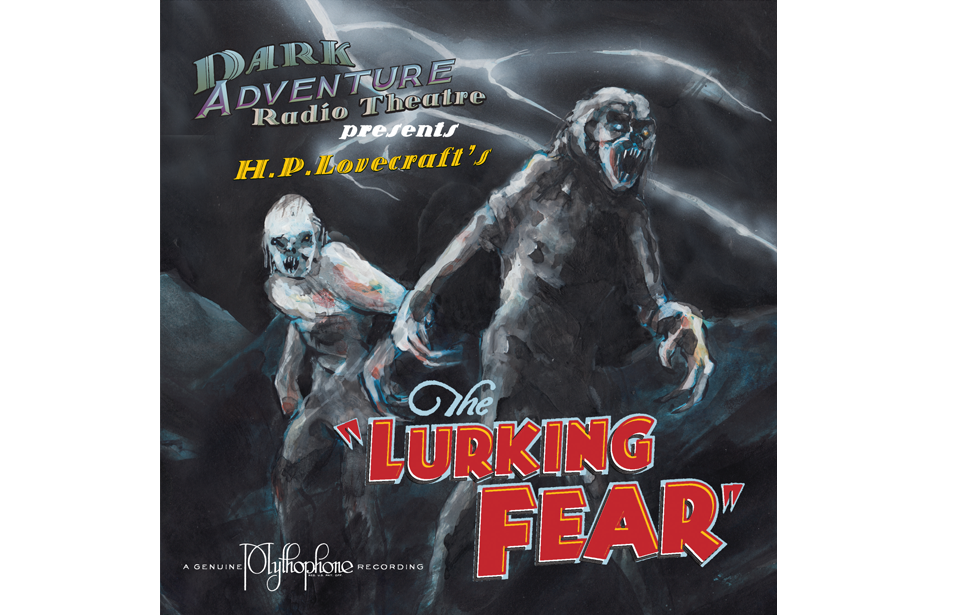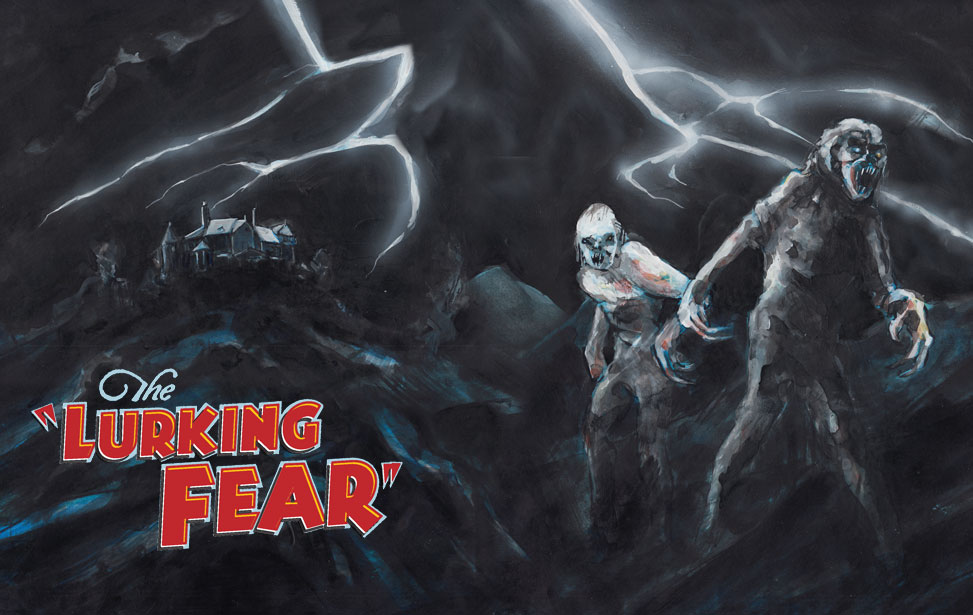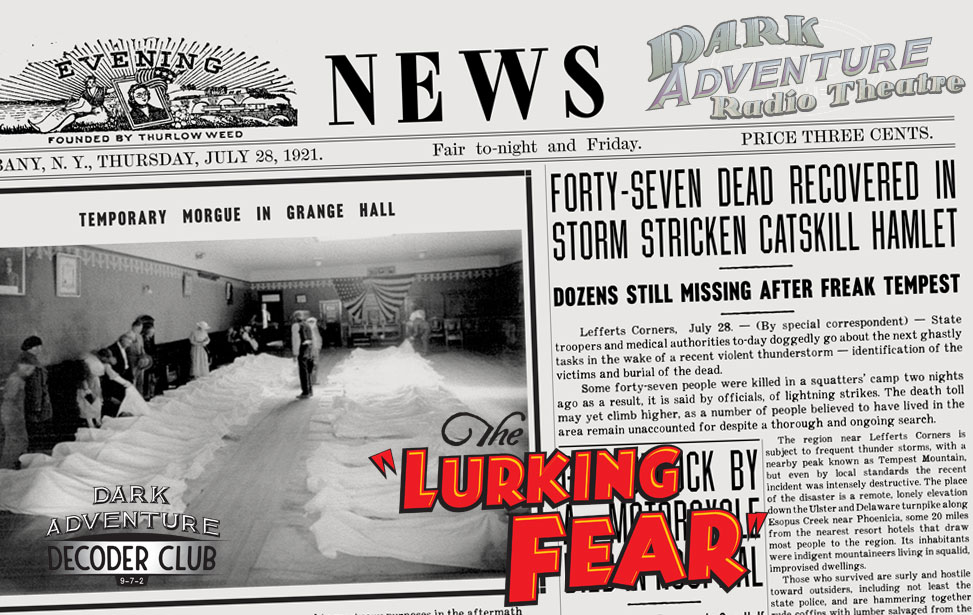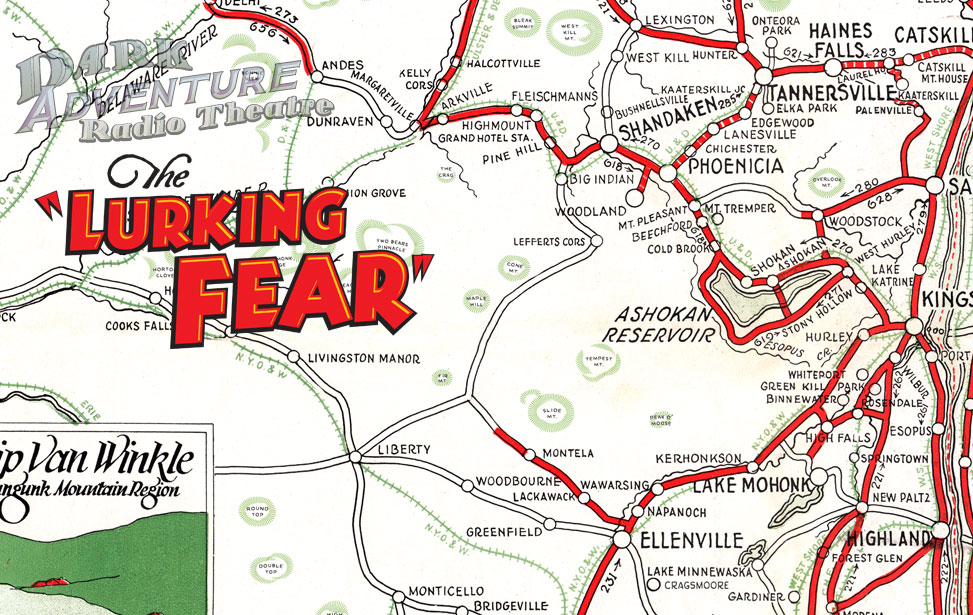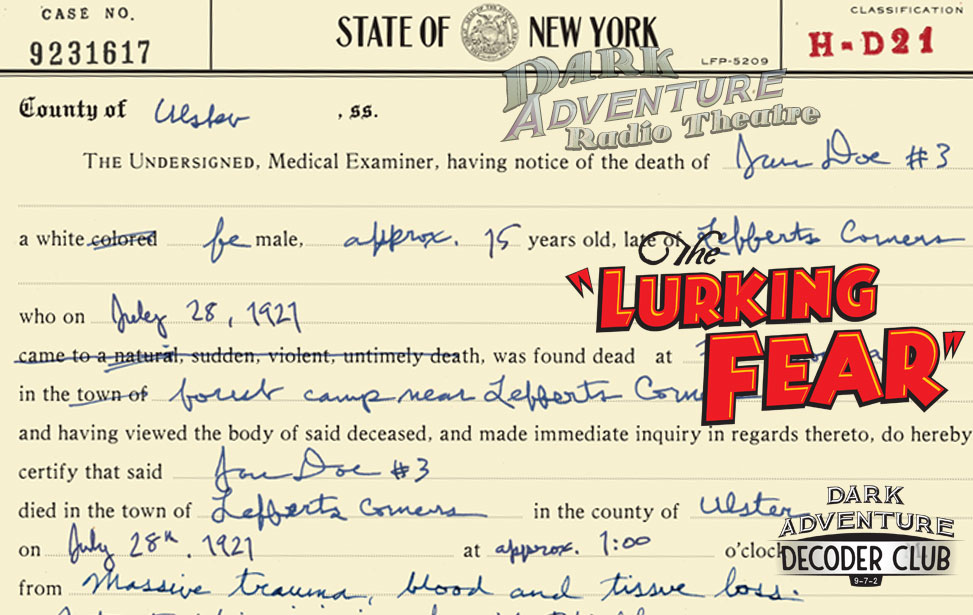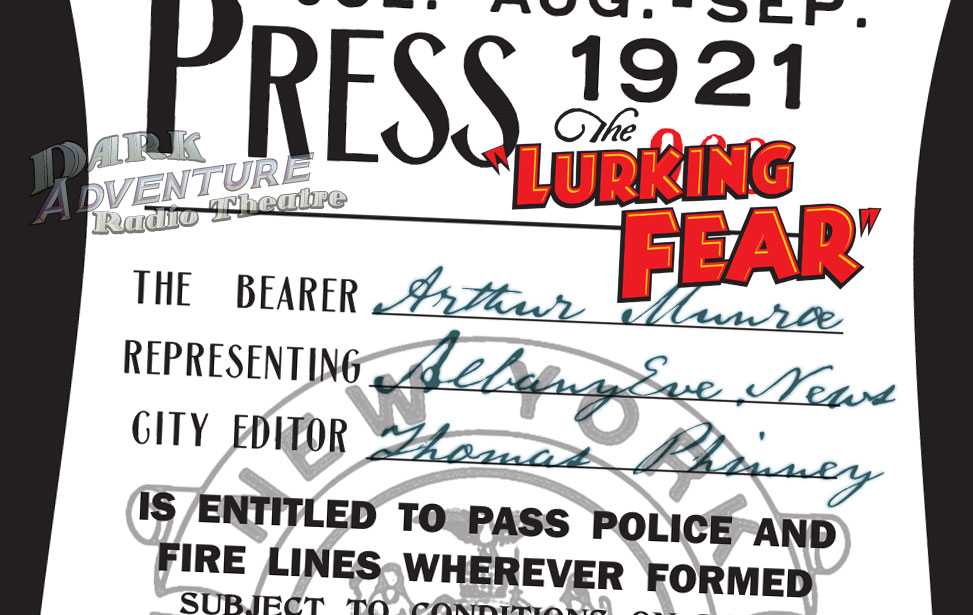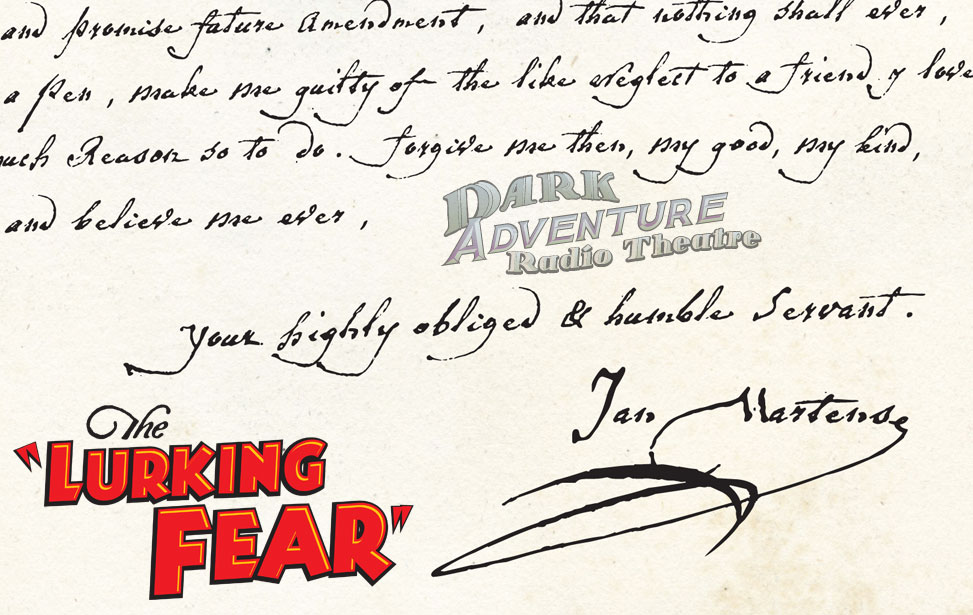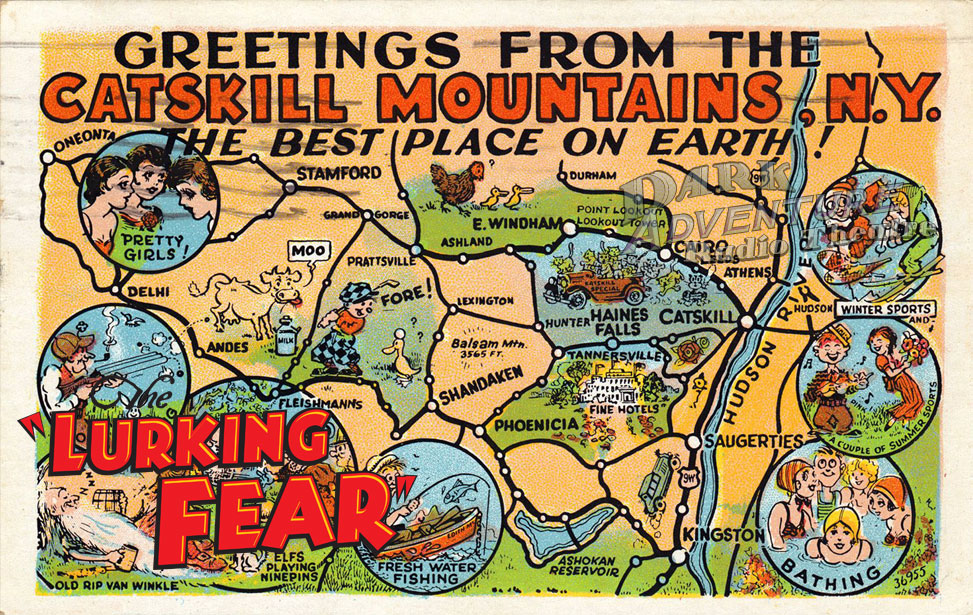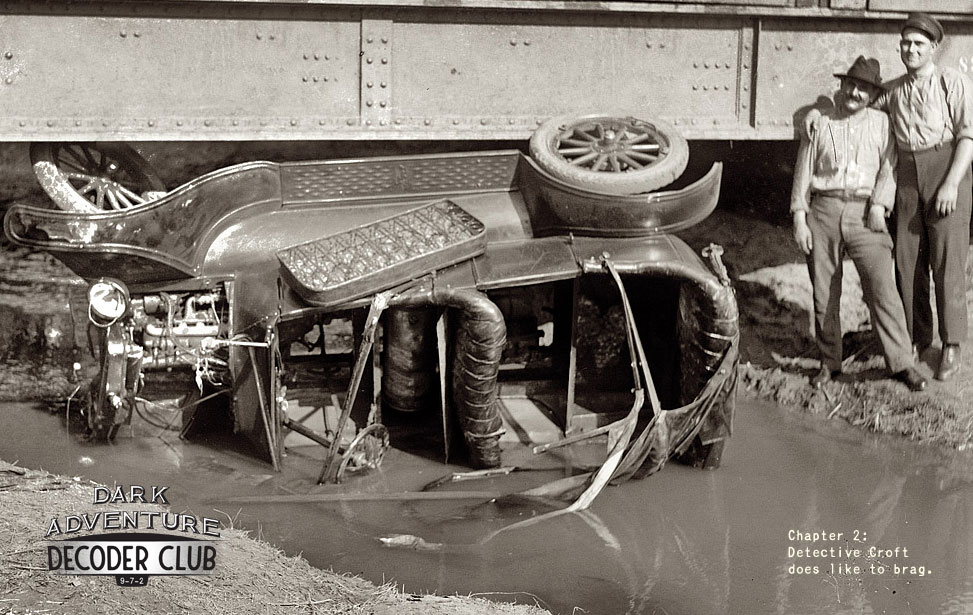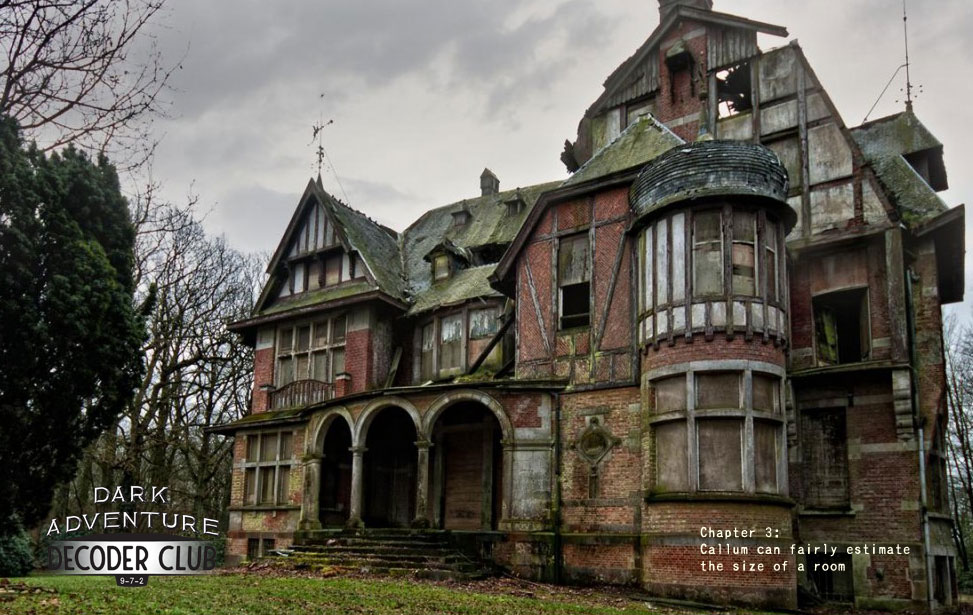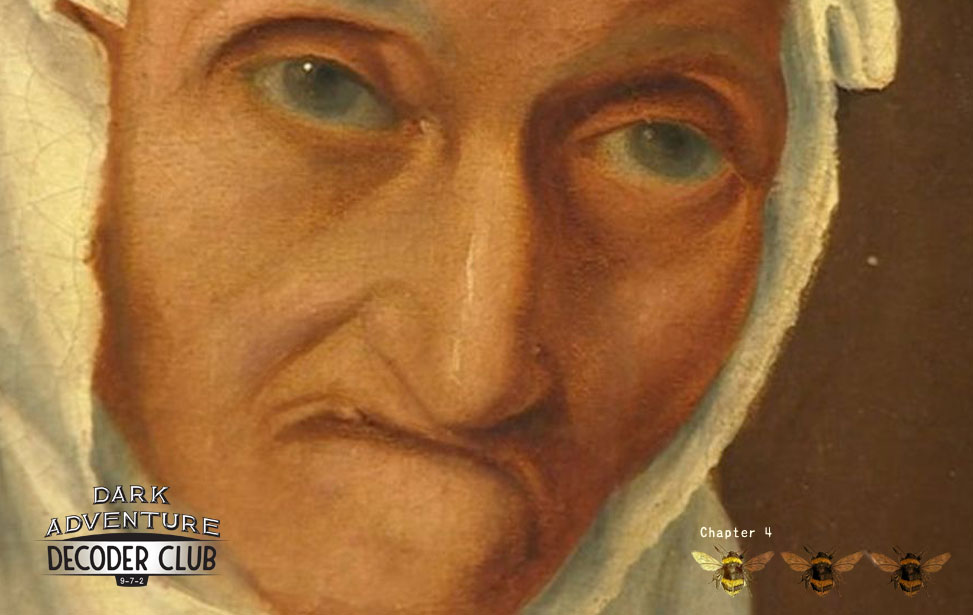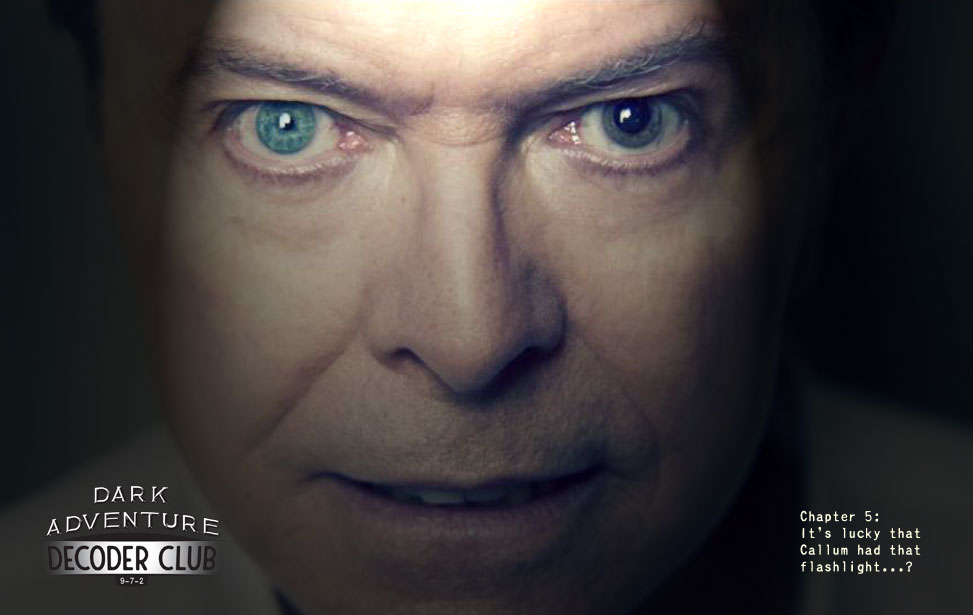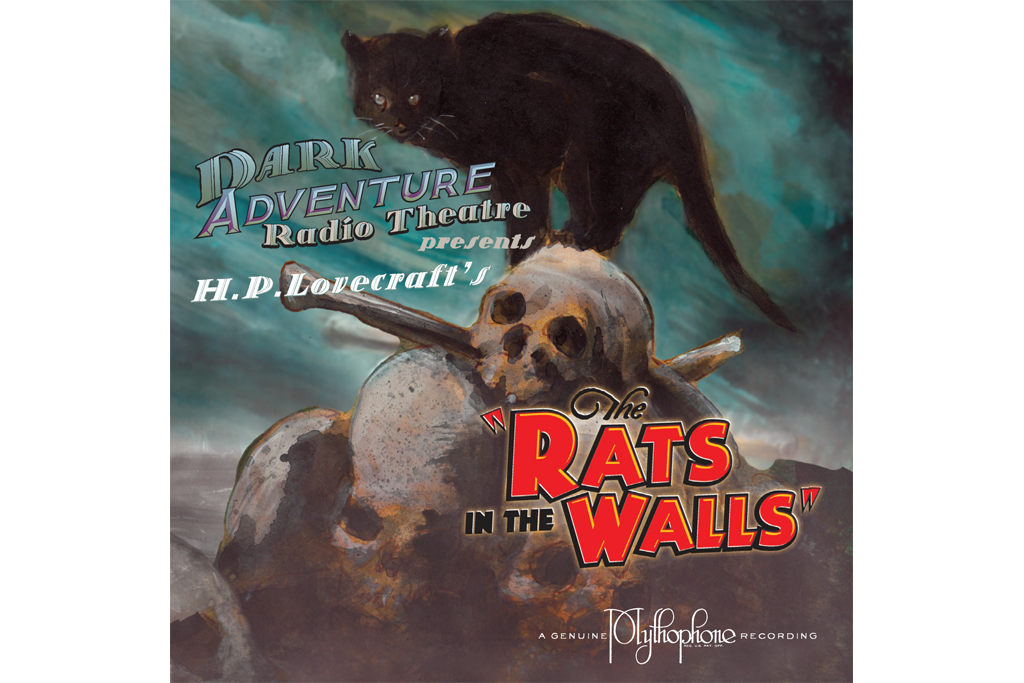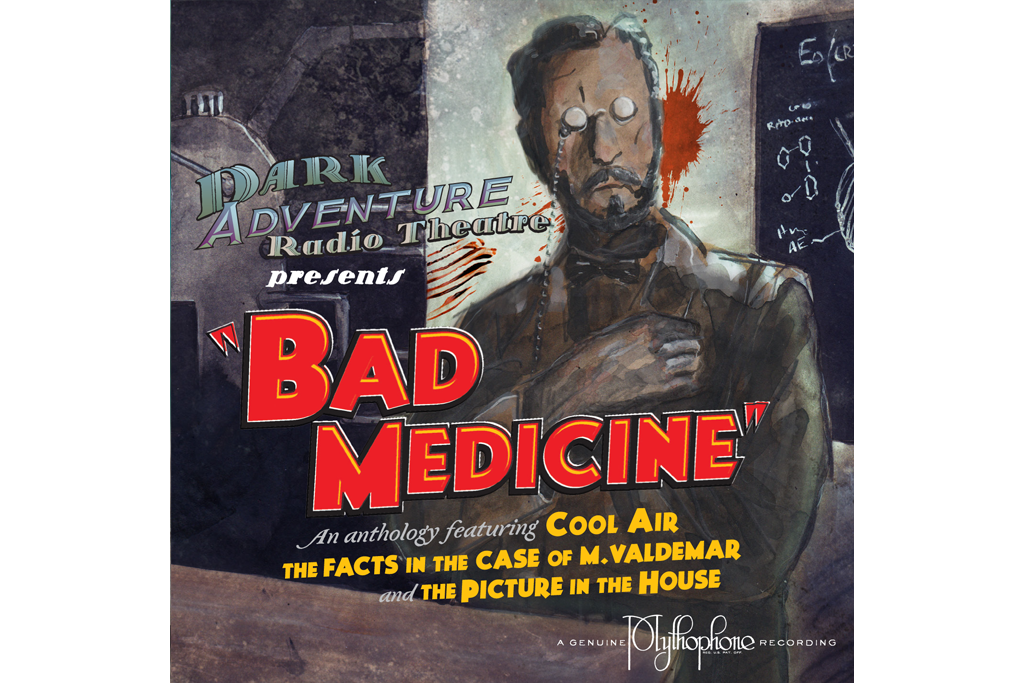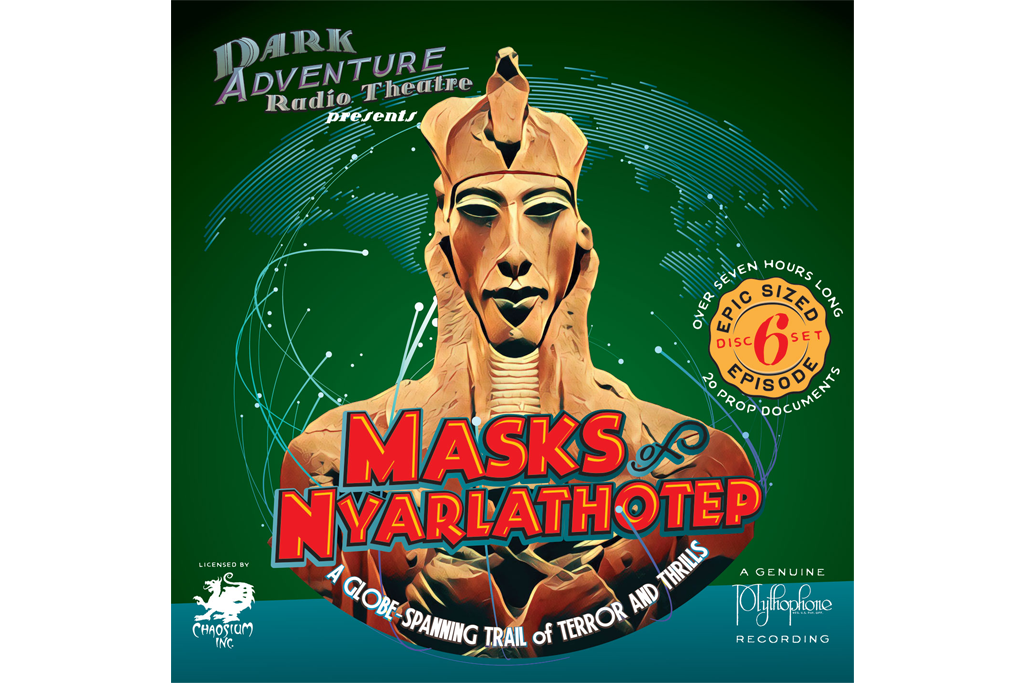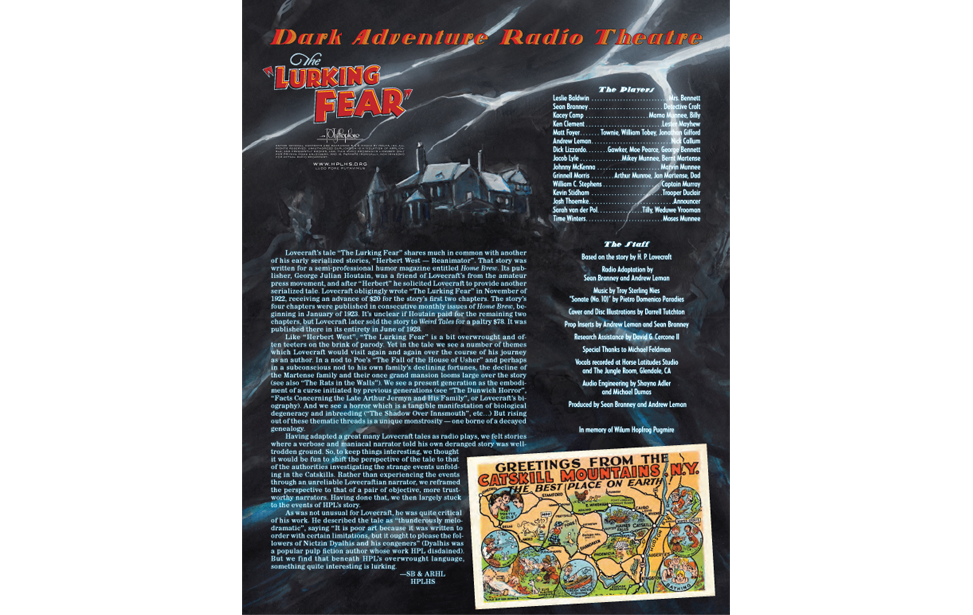The Lurking Fear
"There was thunder in the air on the night I went to the deserted mansion atop Tempest Mountain to find the lurking fear."
A freak storm decimates the population of a remote village in the Catskill Mountains. As the local authorities investigate, they begin to suspect there's more at work than unseasonable weather. Their inquiries lead them to an abandoned mansion from the days when New York was a Dutch colonial territory. Is the old mansion haunted by the victim of a tragic murder? Are strange wild animals roaming the surrounding woods, preying on human victims? Or could there be more terrible forces at work, lurking unseen in the foreboding back woods?
This episode is an adaptation of one of HPL's classic tales, written in 1922.
Get It!Props
To enhance your listening pleasure, the HPLHS has packed the binder sleeve for The Lurking Fear with carefully created props from the story. You'll get:
Track Listing
1. Opening 2:40
2. The Tempest 13:21
3. The Author 17:52
4. The Investigations 23:20
5. The Fear 11:22
6. Closing 1:17
Total Runtime 1:09:52
Cast and Crew
Leslie Baldwin...Mrs. Bennett
Sean Branney...Detective Croft
Kacey Camp...Mama Munnee, Billy
Ken Clement...Lester Mayhew
Matt Foyer...Townie, William Tobey, Jonathan Gifford
Andrew Leman...Nick Callum
Dick Lizzardo...Gawker, Moe Pearce, George Bennett
Luci Lyle...Mikey Munnee, Bernt Martense
Johnny McKenna...Marvin Munnee
Grinnell Morris...Arthur Munroe, Jan Martense, Dad
William C. Stephens...Captain Murray
Kevin Stidham...Trooper Duclair
Josh Thoemke...Announcer
Sarah van der Pol...Tilly, Weduwe Vrooman
Time Winters...Moses Munnee
Based on the story by H.P. Lovecraft
Written by Sean Branney & Andrew Leman
Original music by Troy Sterling Nies
Sonate (No. 10) by P. Domenico Paradies
Vocals recorded at Horse Latitudes Studio, Glendale, CA
...and The Jungle Room, Burbank, CA
Audio engineering by Shayna Adler & Michael Dumas
Cover and disc illustrations by Darrell Tutchton
Prop Inserts by Andrew Leman & Sean Branney
Research Assistance by David G. Cercone II
Special Thanks to Michael Feldman
Produced by Sean Branney and Andrew Leman
In memory of Wilum Hopfrog Pugmire
Script, Liner Notes & More
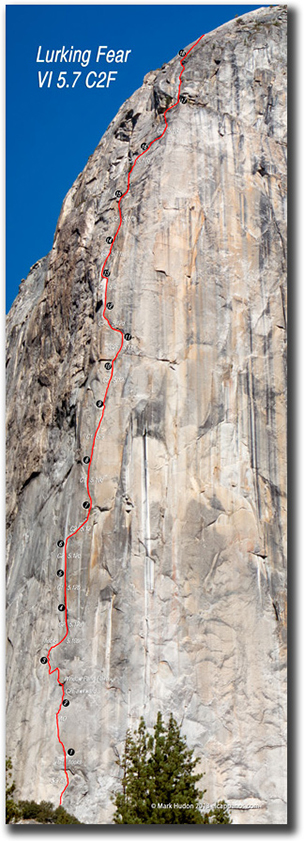 At the first table read of the script for this episode, actor Jacob Lyle (Mikey Munnee, Bernt Martense), who is also an avid rock climber, pointed out to us that one of the routes up El Capitan in Yosemite National Park is called Lurking Fear. We don't know who names those routes, but it seems Jacob isn't the only Lovecraftian amongst climbers!
At the first table read of the script for this episode, actor Jacob Lyle (Mikey Munnee, Bernt Martense), who is also an avid rock climber, pointed out to us that one of the routes up El Capitan in Yosemite National Park is called Lurking Fear. We don't know who names those routes, but it seems Jacob isn't the only Lovecraftian amongst climbers!
Lefferts Corners and Tempest Mountain are fictional places, but in order to include a map as a prop we had to decide where to locate them. We studied a number of maps of the region and noted that there were a lot of inconsistencies. But we also noted a real place called Tremper Mountain (or Mount Tremper), which was very near a town known as either Ladews Corners or just The Corner, depending on the map. We have no idea if those places inspired Lovecraft's names, but we decided to locate the scenes of the story near them.
In the process of collecting research for the prop map of the Catskills, we acquired a few that we ultimately decided not to use. But with the encouragement of HPLHS member and map collector Martin Miller, we thought we'd make them available as bonus bonus downloads. Click the images below to see them full size.
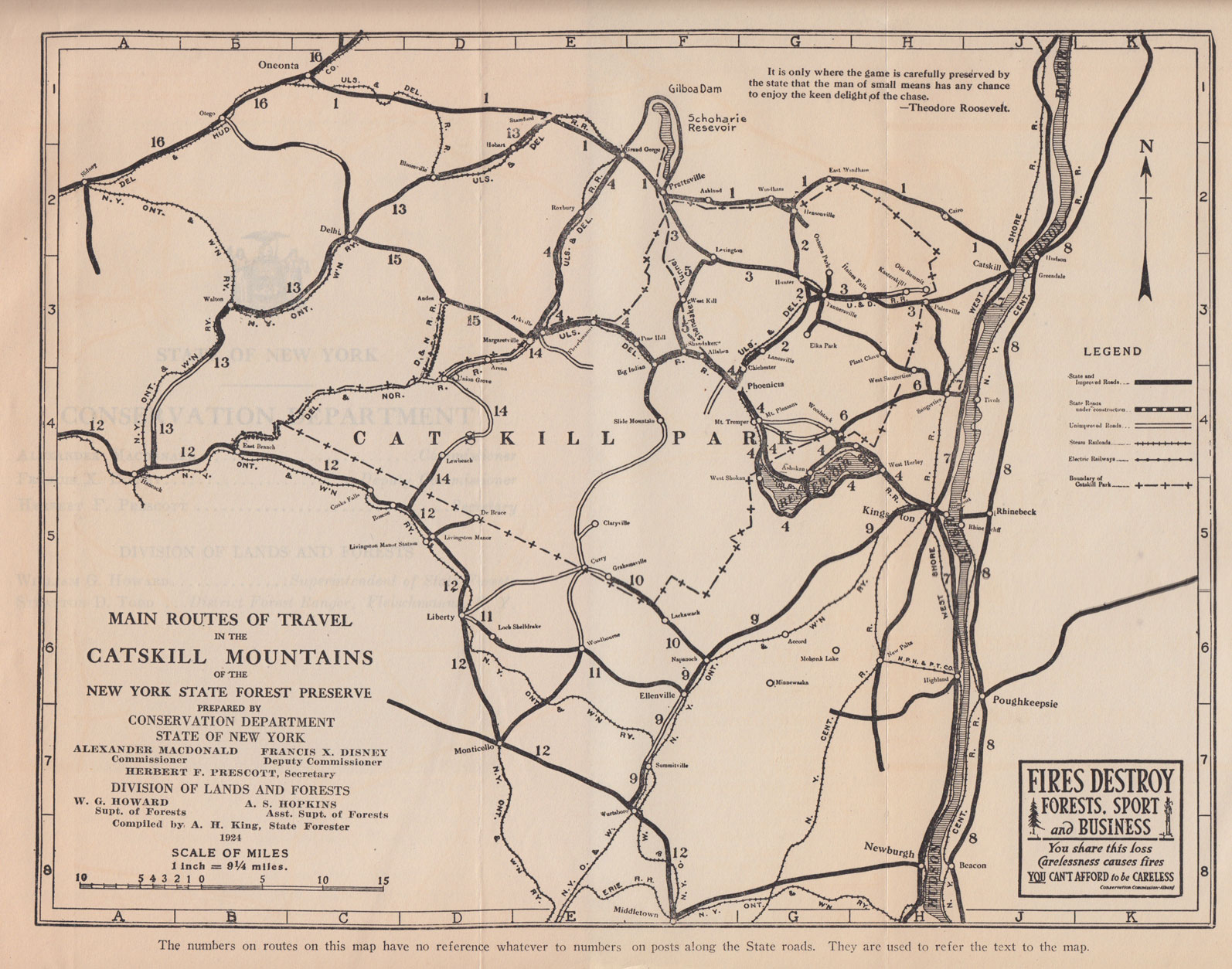 This map comes from a 1927 pamphlet published by the State of New York Conservation Department called Catskill Highways by C. R. Pettis. The pamphlet describes the roads in some detail, and although they were clearly proud of the main roads in the Catskill Park, it's also clear that driving through the Catskills at the time could be confusing, with sporadically marked, unpaved byways.
This map comes from a 1927 pamphlet published by the State of New York Conservation Department called Catskill Highways by C. R. Pettis. The pamphlet describes the roads in some detail, and although they were clearly proud of the main roads in the Catskill Park, it's also clear that driving through the Catskills at the time could be confusing, with sporadically marked, unpaved byways.
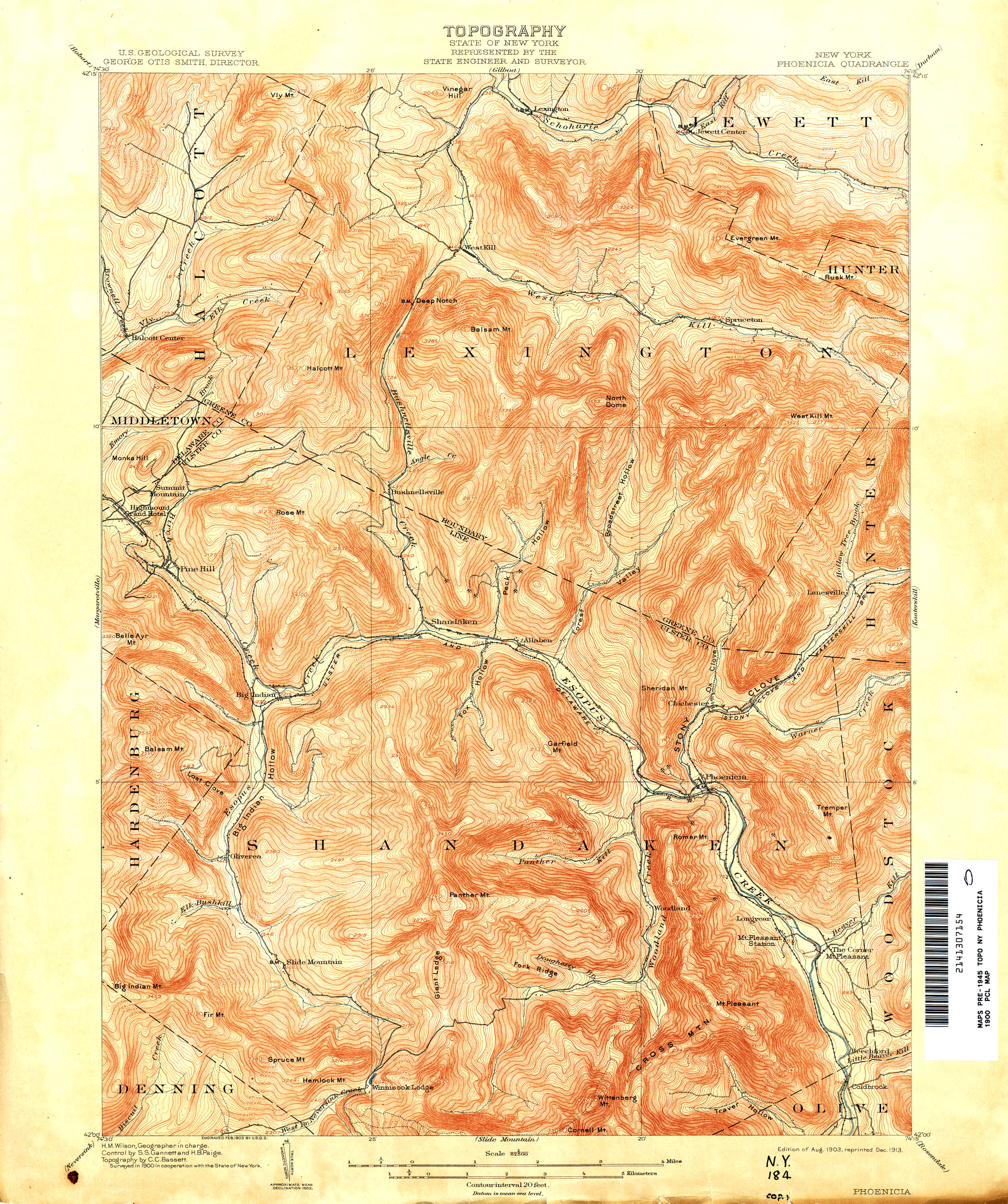 This is an official topographic map of the area drawn in 1903 and published in 1913. This predates the creation of the Ashokan Reservoir, which appears on other maps. We found it in the online map library of the University of Texas. We learned about the unique geological features of Panther Mountain, shown prominently in this map, and realized it might help explain why Tempest Mountain gets more lightning and thunder than other places in the Catskills....
This is an official topographic map of the area drawn in 1903 and published in 1913. This predates the creation of the Ashokan Reservoir, which appears on other maps. We found it in the online map library of the University of Texas. We learned about the unique geological features of Panther Mountain, shown prominently in this map, and realized it might help explain why Tempest Mountain gets more lightning and thunder than other places in the Catskills....
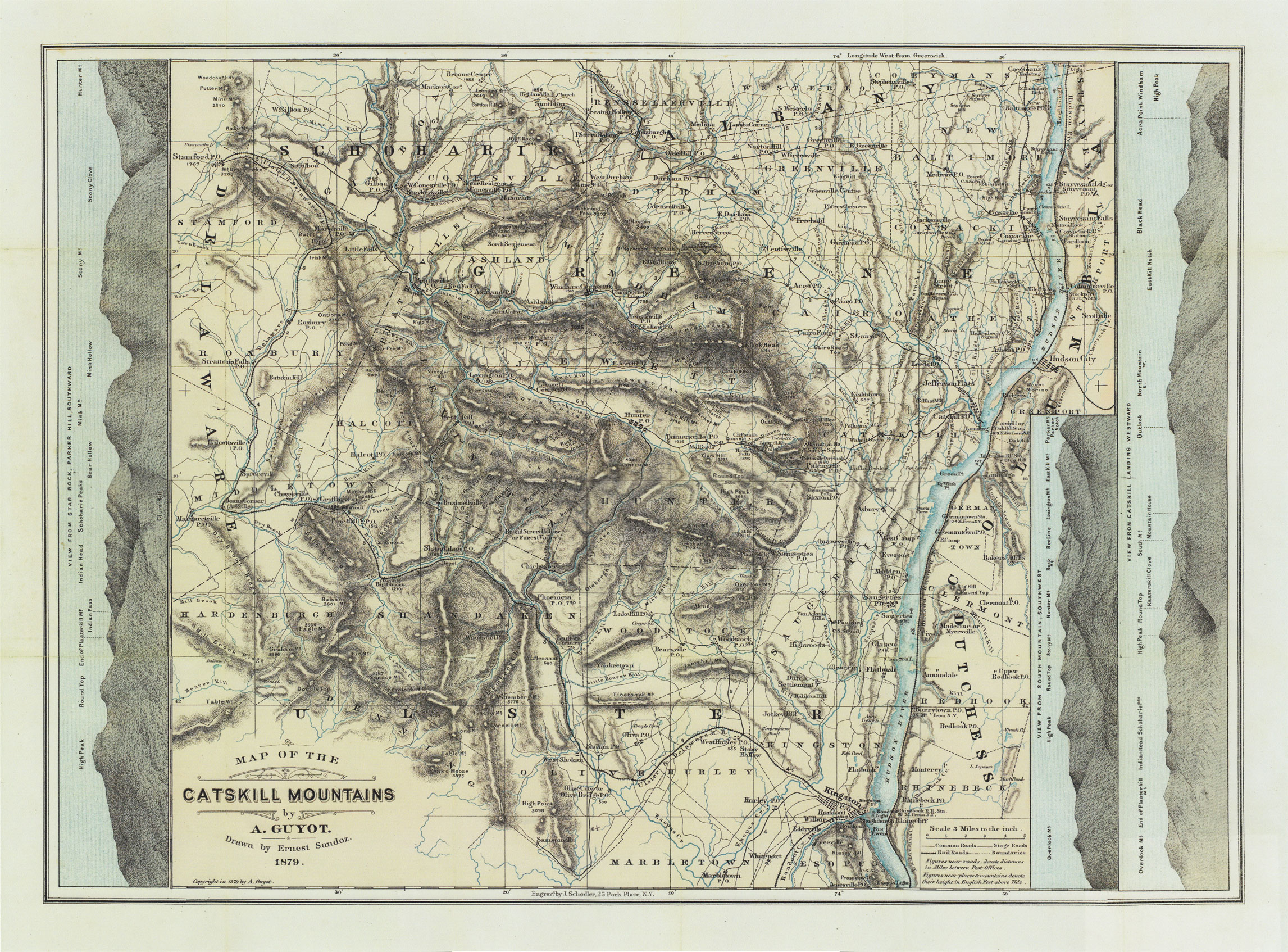 This beautiful and elaborate engraved map of the area from 1879 is interesting for many reasons, including that it shows a "Dutch Settlement" just south and east of Woodstock, not far from where we located Tempest Mountain. It is similar in style to the map of the area included in the 1899 Baedeker guide to the Catskill Mountains, which prominently features Ladews Corners and Mount Tremper.
This beautiful and elaborate engraved map of the area from 1879 is interesting for many reasons, including that it shows a "Dutch Settlement" just south and east of Woodstock, not far from where we located Tempest Mountain. It is similar in style to the map of the area included in the 1899 Baedeker guide to the Catskill Mountains, which prominently features Ladews Corners and Mount Tremper.
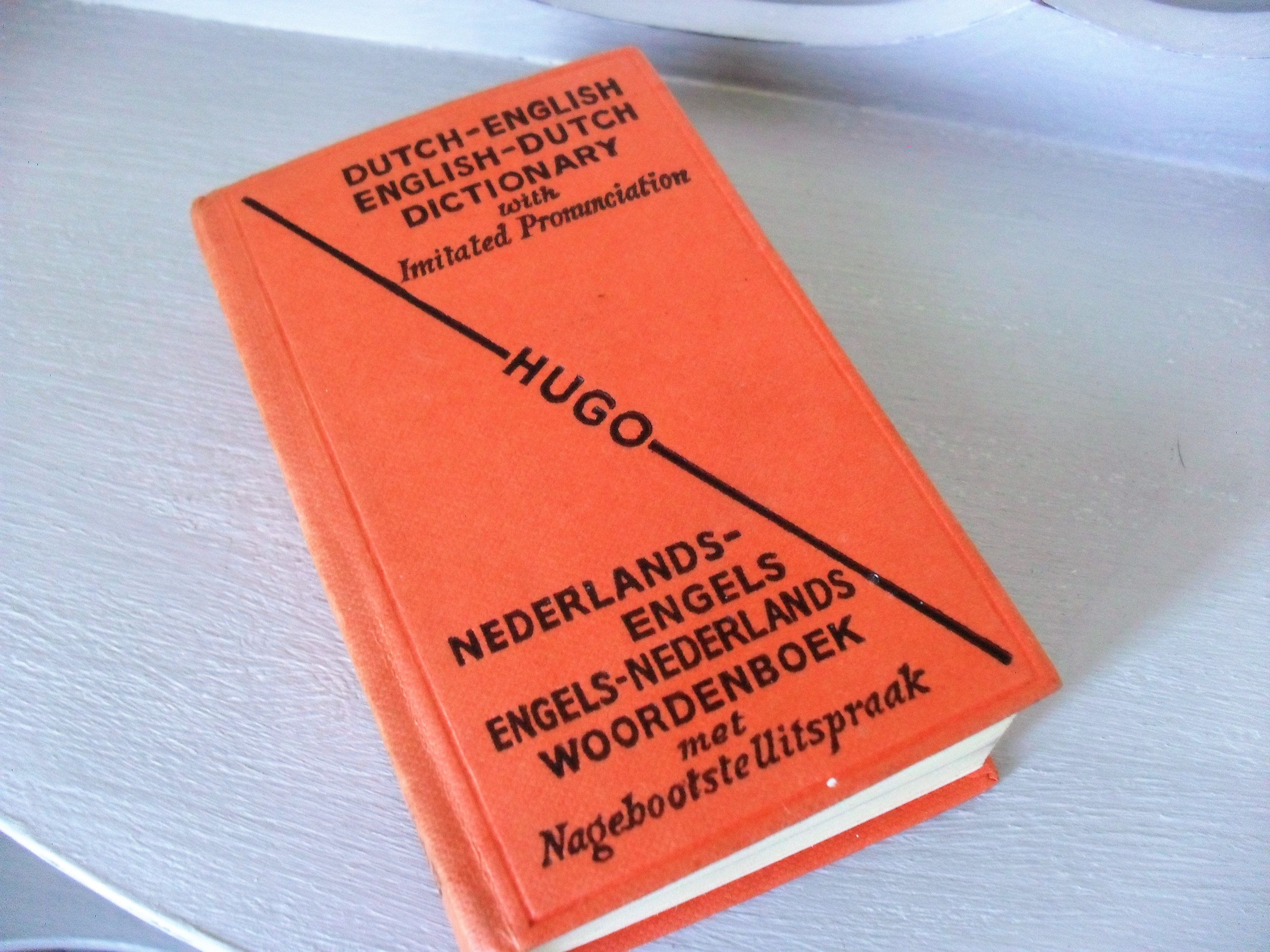 Lovecraft loved Greek and Latin, and seems to have regarded the Dutch language (and/or Dutch people) as somehow sinister, since it comes up in several of his stories. We love the Dutch, especially our own Sarah van der Pol, who plays Weduwe "Widow" Vrooman. Between the Munnees, the Martenses and Weduwe Vrooman, there are quite a few Dutch words and phrases in this episode. Dutch is related to English, and some lines are translated within the show itself, but for the benefit of those who are less fluent in fake 1930s hillbilly accents, here's a glossary of what is said:
Lovecraft loved Greek and Latin, and seems to have regarded the Dutch language (and/or Dutch people) as somehow sinister, since it comes up in several of his stories. We love the Dutch, especially our own Sarah van der Pol, who plays Weduwe "Widow" Vrooman. Between the Munnees, the Martenses and Weduwe Vrooman, there are quite a few Dutch words and phrases in this episode. Dutch is related to English, and some lines are translated within the show itself, but for the benefit of those who are less fluent in fake 1930s hillbilly accents, here's a glossary of what is said:
MOSES MUNNEE: Kletskoek! = Bullshit!
botkoppen = boneheads
MAMA MUNNEE: Godverdomme! = Goddamnit!
WEDUWE VROOMAN: Wat wil je, jong Munnee? = What do you want, young Munnee?
Der Engels–Nederlandse Oorlogen, Jij idioot! = The English-Dutch wars, you idiot!
Hij is gek op geesten... = He is crazy for ghosts...
BERNT MARTENSE: Wat in hemelsnaam wil je? = What the hell do you want?
Een Engelsman? Meer afval van de buitenwereld. = An Englishman? More waste from the outside world.
Jan’s aan de rechterkant. = Jan's on the right.
Ben je doof? = Are you deaf?
Indringer! Dood de Engelsman! = Intruder! Kill the Englishman!
Troy Sterling Nies once again delivered a fantastic musical score for this episode, which Sean and Andrew shamefully proceeded to alter with editing. We asked Troy to say a few words about his artistic process in writing the music for Dark Adventure Radio Theatre, and this is what he had to say.
“In earlier episodes of DART I frequently employed the use of the 12-tone row technique. After several episodes of not using this technique (MON and BOB were leitmotif and thematically driven), I returned to it for the entirety of this episode. This technique was in vogue at the time — 1919 through 1950s — and returning again in the 1980s as heard in many composers' toolkits for TV series. It was originally created by Josef Matthias Hauer and really made prominent by Schoenberg. Composers such as Bartok, Stravinsky, Scriabin and many others adopted it into their compositions in some form or another. It really found its place in the scores of many early films and made popular by film composers in the 1950s. Every cue in this episode is based on the row: E G Bb Db C A Gb Ab B D F Eb, its inversion, its retrograde and retrograde inversions. This is used quite incessantly to give a sense of persistent dread as the row is based on the minor 3rd and presents in cluster chords of 3 or 4 (E G Bb), (Gb Ab B), (D F Eb). The first four tones of the row are used as the majority of the harmonic anchor E minor diminished 7. It is heard in various incarnations throughout the woodwind section but most dominantly in the contrabassoon and bassoon supported by bass clarinet, clarinet and oboe. Strings appear scarcely in this score and serve as a sonic garnish. Brass appear as extra weight under the woodwinds to further deepen darker sections of the episode. Percussion is scarce as well this time around, with timpani often doubling the trombones as a tremolo low grind at times.
“The instrumentation in this episode was largely woodwind based which historically has been paired with muted brass giving a nasal quality and a unique sonic palette. While some identify muted brass as "urban" sounding because of jazz associations, it was used originally to reduce volume in the orchestra against wind ensembles and to cut back on the cutting nature when used in the film scores of the early 1950s.
“I arranged sections of P. Domenico Paradies’ (1712–1735) piece SONATE (No. 10) for harpsichord during the Gifford diary entries to give an aural setting of the Dutch Colonial period which historically musically was in the thick of the Baroque period. Harpsichord, recorder and small string ensemble ruled the parlor and stage. This era was known to be a deliberate departure by many composers of any intent of emotional use and more about form and formality. Any intimation of mood was not implied and while the modern ear may associate a piece in a minor key as ‘sad’ or a major as ‘happy’ this was not the intent at the time and was used more as a structural delineator in multi-movement pieces. For our purposes, the D Major opening to Paradies' Sonate serves as a triumphant sounding backdrop to Gifford's elation of the end to the French-Indian war. Interestingly. the Dutch were basically dead musically during this period (exception Jan Van Eyck). I guess they were too busy painting. And colonizing.
“This was certainly more of a cerebral score and deliberately so on my part. To my mind’s eye, this was a much more concentrated and smaller episode in scope compared to our recent behemoths such as MON and BOB. This certainly called for a more intimate ensemble so I shifted gears entirely and decided to compose for a smaller chamber ensemble — much like what was used in the early years of radio show recording and the silver screen. The lower register of the orchestra has always sounded ‘earthy’ and ‘organic’ to me — even scary ever since childhood. An early influence on my perception and personal view on purposeful and appropriate use of the woodwinds and low brass comes from an old vinyl record I still have: International House of Pancakes presents Captain Kangaroo reads ‘Peter and the Wolf’. I’ll never forget the sound of the bassoon, clarinet and French horns in that performance.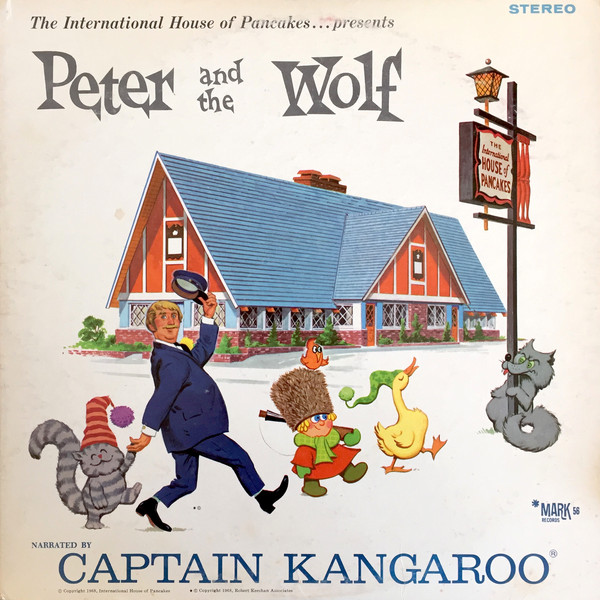
“The 12 tone row — my trusty old compositional tool, returns in this episode. In itself, it sounds meandering and forever advancing in unexpected directions. The lower register woodwinds coupled with lower register brass and especially the deep growl of the contrabassoon, was my way of creating an aural manifestation of The Lurking Fear. I hope you enjoy!” — Troy Sterling Nies, June 25th, 2019.
For your enjoyment, we present free PDF downloads of the final recording script and liner notes of "The Lurking Fear". Note: this script is only for use for reading along with Dark Adventure Radio Theatre; no performance of the script may be made without written consent of the HPLHS.
